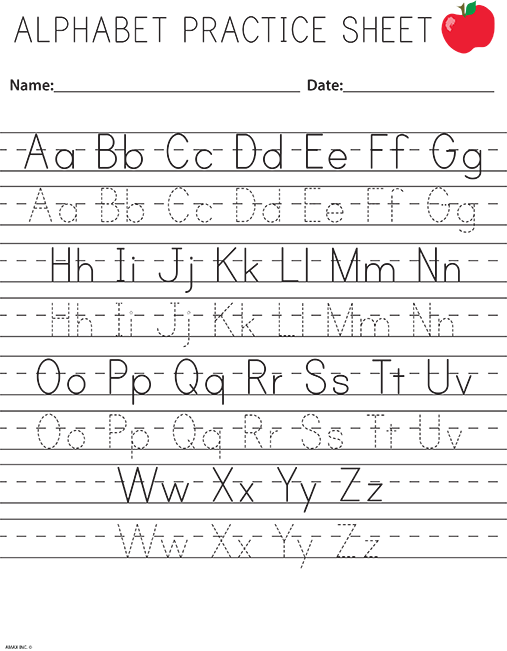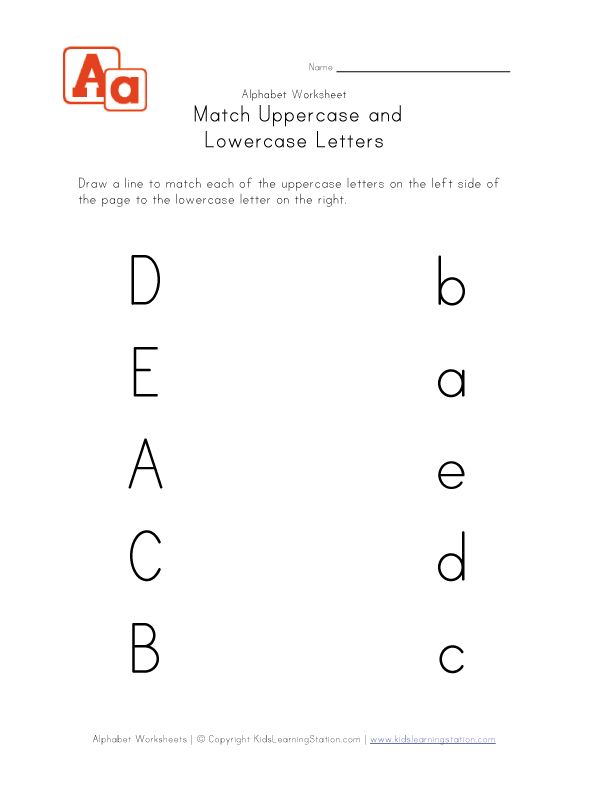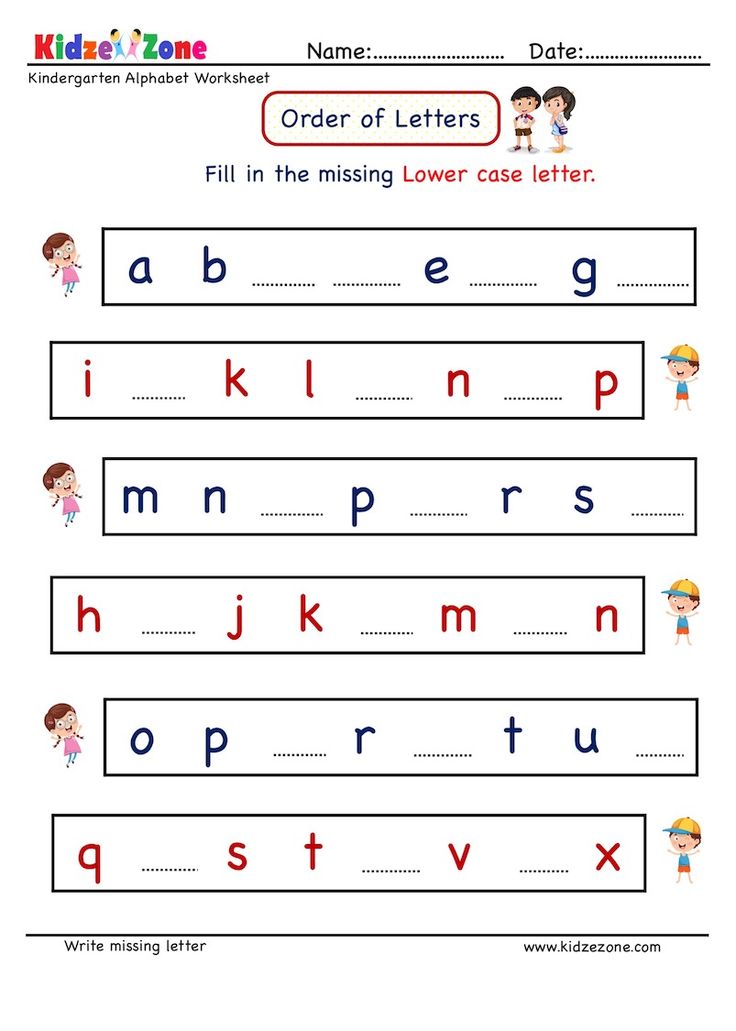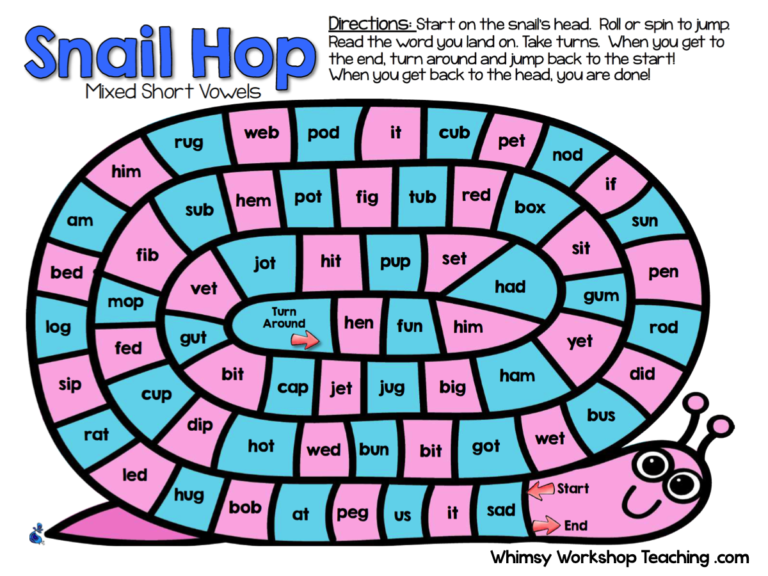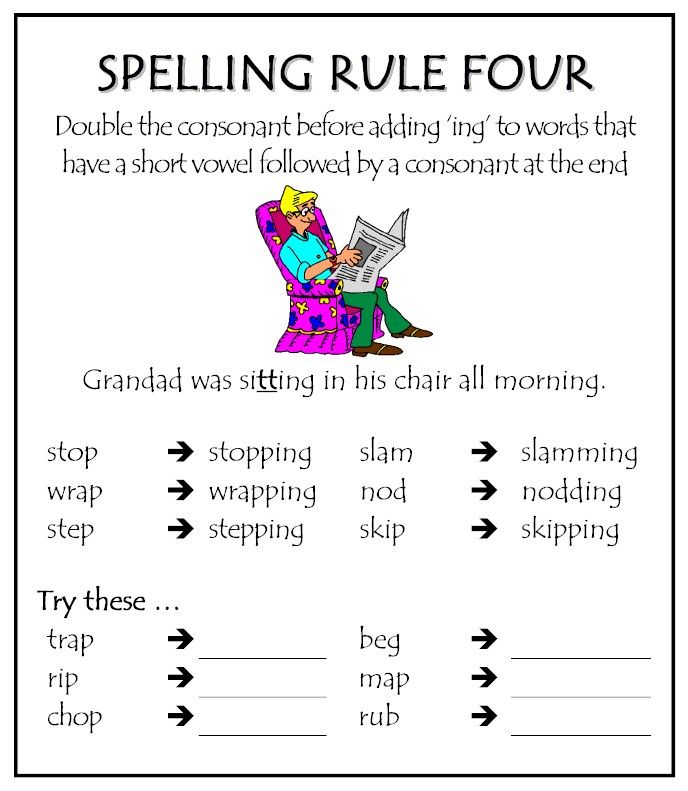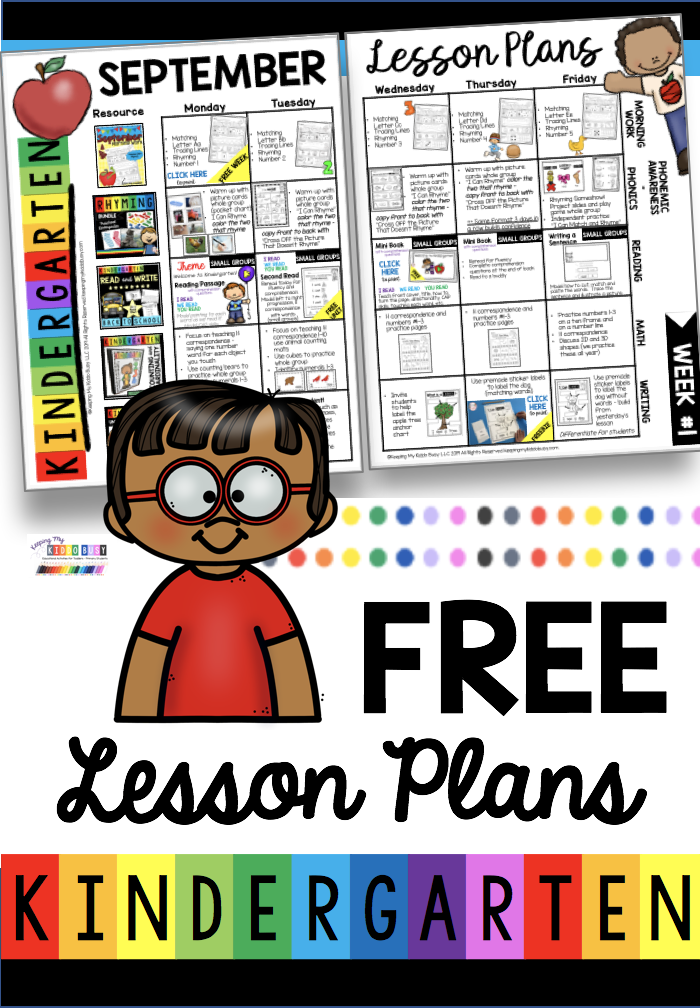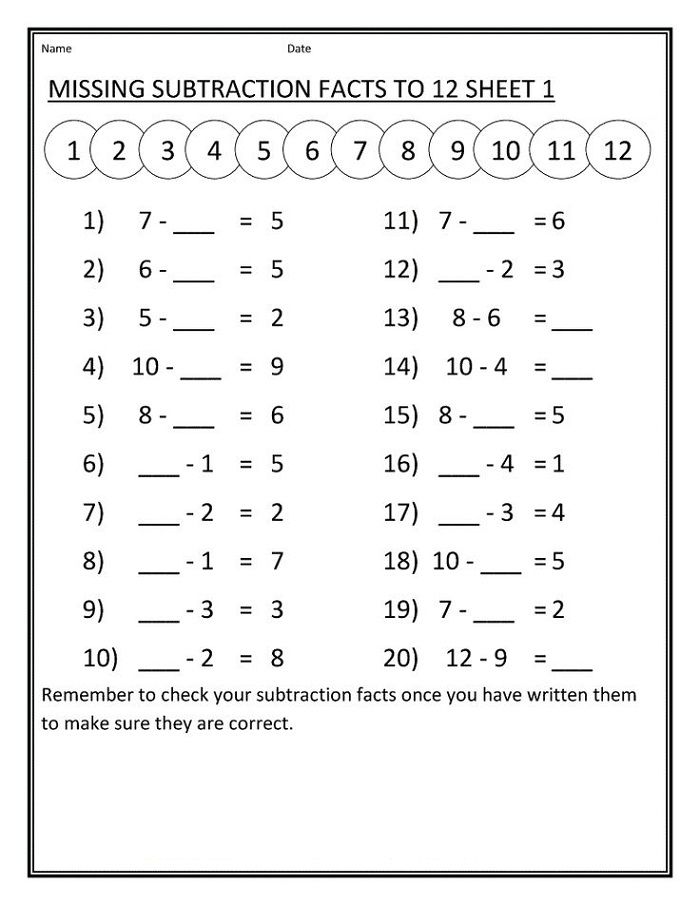Teach to write alphabet
Teaching Preschoolers to Write Letters At Home – Blue and Hazel
Are you wondering how to teach your preschooler to write letters of the alphabet? You can do it! We do this as part of our homeschool preschool and continue practicing for homeschool kindergarten.
Maybe your child is already scribbling down nonsense and calling them letters? That’s a good sign they are ready for more. I’ll share what we’ve done/are doing and my kids’ ages. Each one has been on their own timeline, and I think it’s important not to push that too much.
Writing starts way before letters are formed (think coloring/scribbling), and it will continue to be perfected long after preschool. Writing letters is a process that takes lots of practice! Hopefully this post gives you the confidence to start helping your child learn to write their name and the whole alphabet.
This post contains affiliate links. We are a participant in the Amazon Services LLC Associates Program, an affiliate advertising program designed to provide a means for us to earn fees by linking to Amazon. com and affiliated sites.
What age do kids learn to write letters?
Personally, I’m a fan of waiting till at least age 4 or 5 to begin learning to write letters. But it really depends on your kids eagerness to begin.
My oldest son learned at age 5.5 ,my daughter was ready by age 4, and my 3rd (a boy) is 4.5 and just starting to show signs he is ready. I’ll probably wait with him till he turns 5 because there is NO RUSH.
If anything, starting too soon and expecting too much too soon can put some serious negative pressure on them when they just aren’t ready yet. I’ve learned this the hard way. Instead, focus on hand strength and coordination through coloring, legos, drawing, and Play Doh.
Learning to write all the letters in their first and last name is one of my goals by the end of our homeschool preschool. Kids begin to do a lot more writing in Kindergarten so it is helpful if they can write some letters by then.
Signs that your child is ready to learn to write letters
Before a child learns to write, they are going to come to the conclusion that letters have meaning.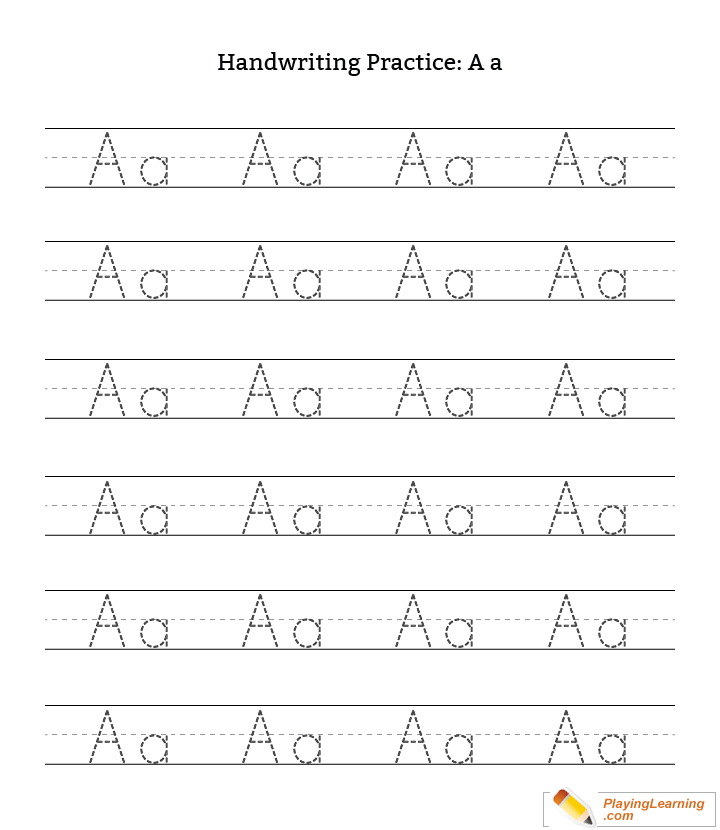
They see it in books, when you write, on road signs, through shows and apps, and through seeing their name on everything. If you feel unsure if your preschooler is ready to write, ask yourself:
- Can they recognize letter names when they see them?
- Are they interested or asking how to write a letter? That was my hint!
- Do they pretend to write making scribbles or symbols for their “letters”?
- Do they know how to hold a pencil correctly from drawing and coloring?
- Are they experimenting trying to write letters in their name, even if it’s upside down and backwards?
I love this post on the stages of learning to write and draw. You will be able to see what stage your child is at and if they are developmentally ready!
How to teach a preschooler to write letters
Once your preschooler can recognize certain letters, it will make teaching writing easier.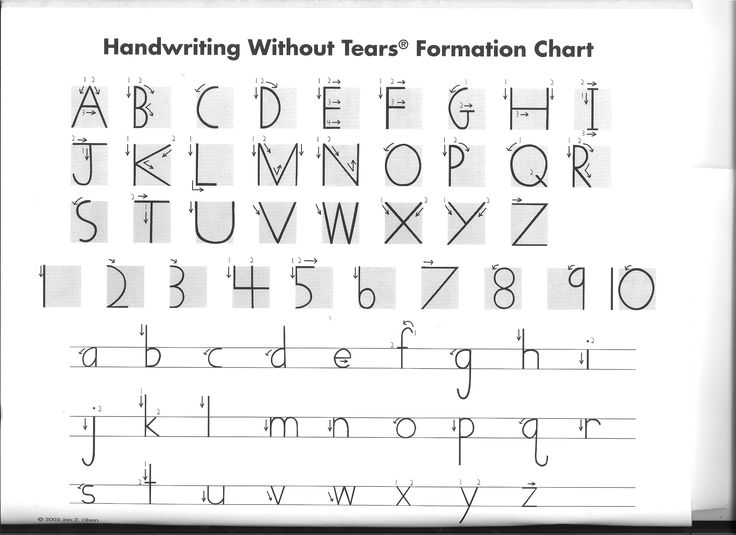 They’ll know what it is supposed to look like, and be familiar with it’s name and general appearance.
They’ll know what it is supposed to look like, and be familiar with it’s name and general appearance.
I tell everyone to use Busy Toddler’s Playing Preschool for a fun and worksheet free way to do preschool at home. It’s my favorite route to exposing them to the alphabet, songs, books, and more. Each day is short and mapped out for you! Here’s my full review on Busy Toddler’s preschool curriculum.
But to teach letters, I like to casually show them “their special letter”, which is the first letter of their name. Point out letters on cereal boxes and coloring books. Here are a few ways I like to begin teaching them to write letters at home.
1. Do TONS of pre-writing activities before attempting to write letters.
As preschoolers get older, they go from making marks on paper to being able to make circles and lines (or round faces with stick legs)!
Eventually, they can also draw shapes like triangles that use tilted lines. My favorite prewriting booklet is the purple Doodle booklet by The Good And The Beautiful. My kids both loved it. In fact, my reluctant oldest child even enjoyed doodling with this, after we backed off of formal handwriting. I saw he wasn’t ready and needed more hand coordination and strength!
My kids both loved it. In fact, my reluctant oldest child even enjoyed doodling with this, after we backed off of formal handwriting. I saw he wasn’t ready and needed more hand coordination and strength!
2. Strengthen their hands
Anything that works on fine motor skills will help with hand writing later on, like:
- Drawing
- Coloring
- Tracing straight lines, tilted lines, and shapes like circles
- Painting
- Threading fruit loops
- Do A Dot Letter Stamping
- Drawing in salt, dirt, sand, or flour
- Using scissors
- Picking up pom pom balls with tongs
- Tracing fingers over glitter glue letters
3. Show them how to write the letters using sensory activities
Sensory letter writing is a fun way to make letters without having to use a pencil and paper yet. Think forming letters in the dirt or sand.
They can learn the motions and it’s fun! It’s helpful for kids to see you forming a letter, and to have an example to look at.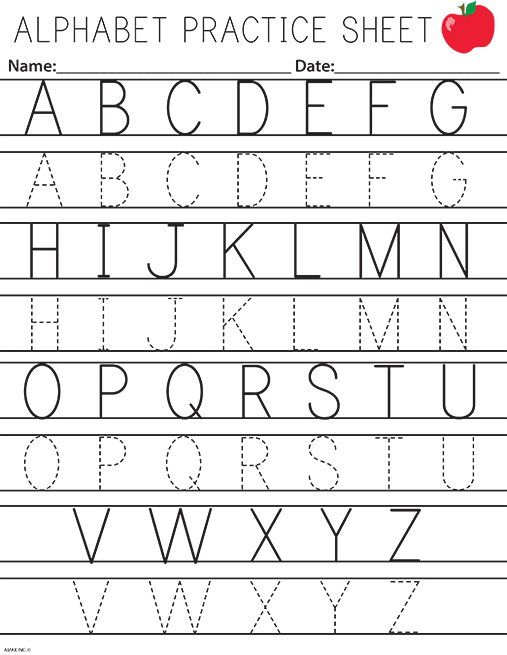 Note that just because they watched you write the letter B top to bottom doesn’t mean they’ll think to do it that way.
Note that just because they watched you write the letter B top to bottom doesn’t mean they’ll think to do it that way.
There are lots of fun ways to get preschoolers to start forming letters on their own! Some I’ve seen are:
- Forming letters out of shaving cream or sprinkles in a pan.
- Write out a letter with glue and let your kid place noodles or beans on the glue.
- Bath paint on the wall writing out the letter with their finger
3. Write on blank paper
Since kids tend to start out writing BIG letters, I’ve found it’s easier to start on one letter at a time on a large blank piece of paper.
I usually write out the uppercase or lowercase letter somewhere on the blank paper so they have an example to look at. They can take a different colored marker and trace over your letter.
4. Trace letters on paper
Practicing on lined tracing paper teaches them to pay attention to proportions within the lines, and it’s what they’ll be using in kindergarten.
This is a tracing notebook we have used. I like this book because the letters are already there to trace, which saves me from having to make a ton of dotted letters by hand. And, the first page of each letter has arrows and numbers to show the hand strokes.
A lot of lined notebooks have just one letter for kids to trace and a bunch of blank lines for them to fill in the letter by memory. These are too advanced to start with, because they haven’t had enough practice yet to remember the motions.
My son needed to trace at least 10 of the same letter before really being able to draw it from memory. If blank lined paper is all you have, then you can fill in letters by hand. I dotted in one full line of capital B and one line of lowercase b.
Or, write the letters for them in pencil and have them trace over them with a marker.
A printable tracing workbook designed to be used side by side with the “Teach Your Child To Read In 100 Easy Lessons”
Update January 2020: We recently tried these new printable letter tracing pages with 100 pages of practice with my 4.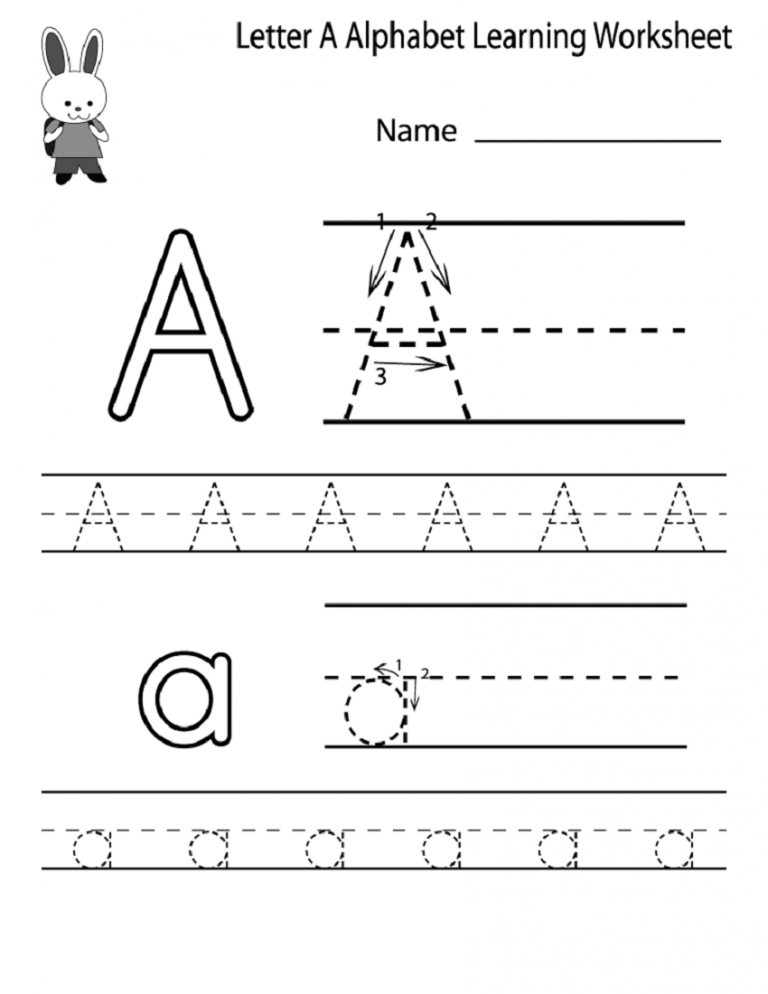 5 year old.
5 year old.
You may also love: Pros and cons of homeschooling: How to know if it’s right for you
Teach preschoolers to write their name
If you want to motivate your preschooler to write, then start with fun ways to teach them the letters in their name!
Kindergarten classes like to have kids able to write their name coming into kindergarten with the first letter being a capitol and the rest of their name in lowercase.
I found these awesome FREE printable name tracing worksheets and loved how easy it was to customize the font, size, you can even save the file to print over and over, or just bookmark the page.
We also love these dry erase letter tracing cards! They come in uppercase and lowercase. Note that if your child has two of the same letters in their name these ones only come with one of each.
Note that if your child has two of the same letters in their name these ones only come with one of each.
Be encouraging
While it’s easy to want your kid to do it right (and I do think the hand strokes are important), handwriting takes A LOT of practice. If they feel criticized and corrected instead of encouraged, they could easily be too frustrated to keep going.
I tried to use phrases like “That’s almost it! Make sure the b touches the middle line next time” or “Good start! Now try again making the loop a little more round.” I found encouragement worked better for my son (who gets discouraged easily) rather than saying, “don’t do that” or “the loops aren’t round enough.”
You may also love: Easy Preschool Treasure Hunt Activity To Teach Prepositions
Should you start with uppercase or lowercase letters?
Don’t worry too much about this.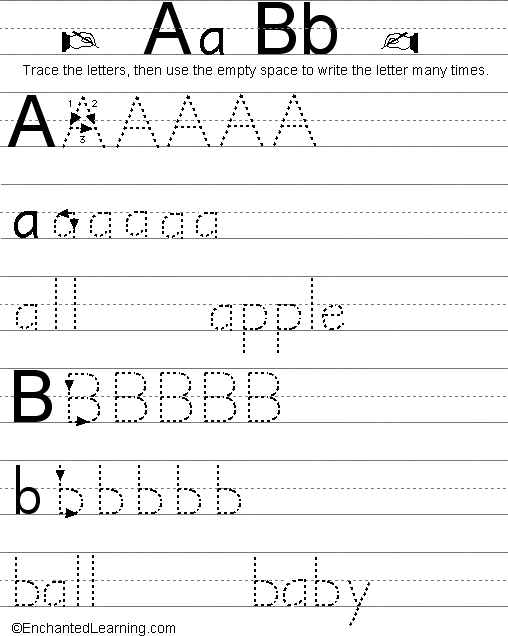
Some people start with all uppercase letters first and lowercase letters second, since uppercase letters are a bit easier.
It’s a good time to introduce that names are always spelled with a capital letter if that’s new to your preschooler. It’s also good when reading out loud to make the connection that every sentence starts with a capital letter.
Just want a handwriting curriculum?
I hope you see that for preschool level…you truly can teach your kid to write their name and learn to form letters.
But if you are like me and want something you can whip out once a day to practice that’s planned out for you…we are LOVING Handwriting Without Tears. It’s a SOLID program used by homeschoolers and in elementary schools.
This is their pre-k version called Kickstart Kindergarten. We buy the workbook and chalkboard. Nothing else, and you don’t need the teacher’s guide.
DO buy their official chalkboard and a pack of chalk snapped into 1 inch pieces.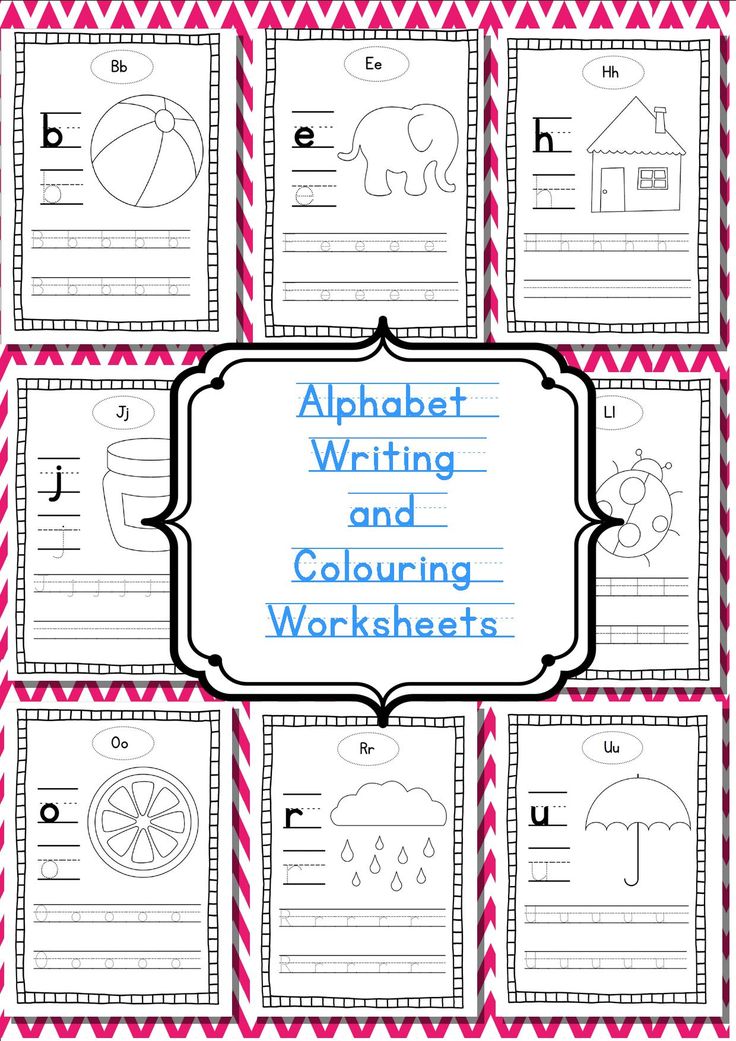 The smaller pieces encourage proper grip, and the chalkboard helps them write the BIG version of the letter and focus on which stokes come first.
The smaller pieces encourage proper grip, and the chalkboard helps them write the BIG version of the letter and focus on which stokes come first.
Then, using a tiny sponge cut up, they’ll erase it using the same chalk strokes getting to form the letter twice.
We are now using Handwriting Without Tears as our main way to teach letter formation
I actually am having my now 1st and 2nd grader go back and do the kindergarten and 1st grade levels.
Somehow they’d slipped into some wonky habits and were doing a lot of bottom to top letters, which isn’t great for neatness or speed or cursive later on.
They do 1-2 pages a day. The orange kindergarten book was so easy for my 1st grader she flew through it in 1 month. The boxes and letters are larger in that book than the 1st grade book. And there’s more repetition for each letter.
I feel good knowing they are reviewing letter formation, and it’s helping me to teach them things like bumping the top line and bottom line.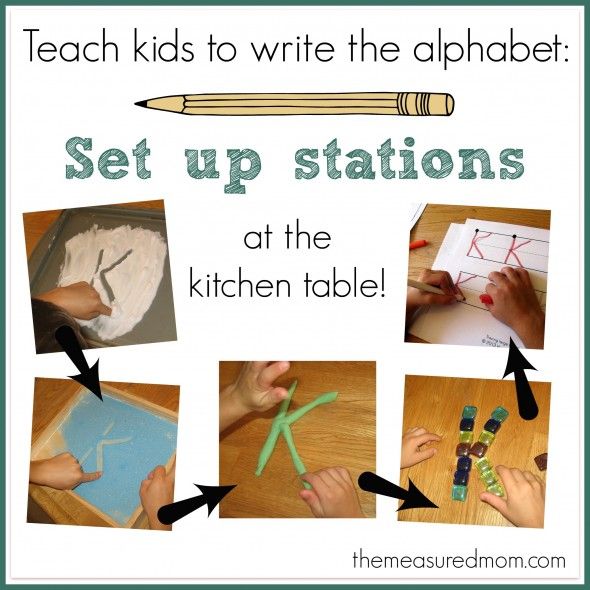 Plus, I’m loving the memorable phrases like “Frog jump” for letters you have to pick up your pencil. Or “Magic c” for letters that begin with that curve.
Plus, I’m loving the memorable phrases like “Frog jump” for letters you have to pick up your pencil. Or “Magic c” for letters that begin with that curve.
I’ll probably gently introduce my 4.5 year old to letter tracing letters this year using sensory bins and play…and start him on Kick Start Kindergarten next year around age 5 or 5.5 towards the end of preschool. He has to be ready though, or I’ll wait. Sometimes preschool is just too early, especially for boys!
Handwriting mistakes to avoid
Forcing your kid to write before they are ready.Sometimes kids are capable but uninterested.
My philosophy is that if they are not interested, but capable, I don’t force it unless it’s something I deem necessary. I want my kids to be writing letters by Kindergarten (age 5.5-6). But, if they are 4 and uninterested, then wait 6 months and try again!
The majority of writing begins in the Kindergarten years anyway.
Doing worksheets before any pre-writing activities.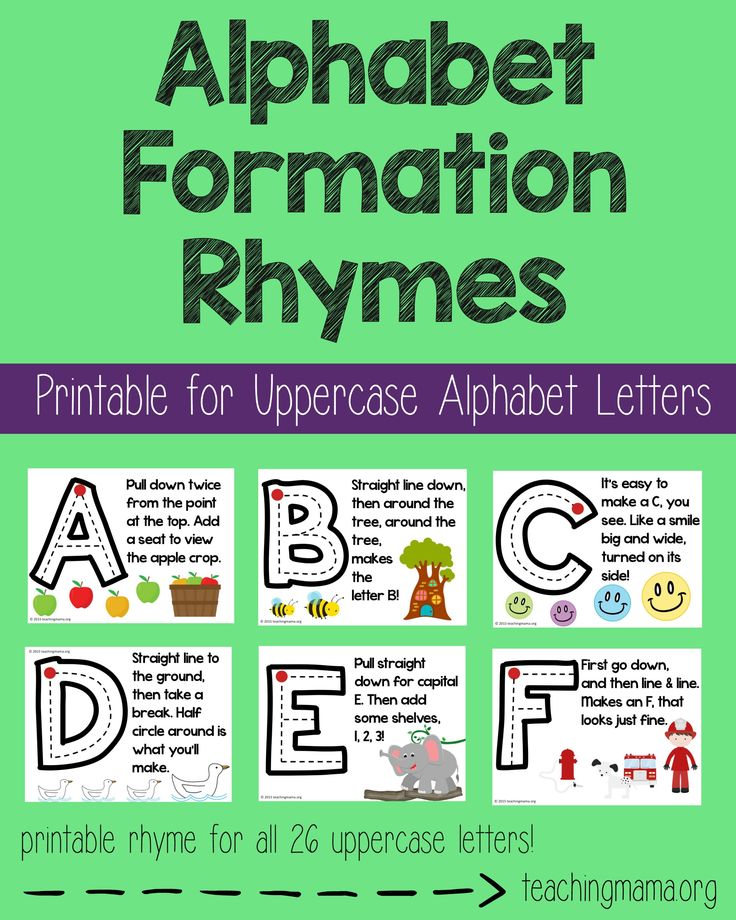
If they are interested in letters but can’t seem to follow directions to trace or copy, then back up and do some fun pre-writing activities.
I didn’t realize that “pre-writing” was an official thing, because kids naturally do some of these things first. Think drawing shapes and lines (my 3.5 year old currently draws mama as a big round circle with about 5 lines of hair).
Also coloring, holding a paintbrush, beading, drawing letters in the air, or anything that strengthens hand muscles and makes writing easier later on is considered pre-writing.
Letting them write or trace the wrong way.It can be a lot more work to correct a bad habit than to make sure they learn the strokes correctly the first time. I’m living this. You can’t hand them a worksheet and walk away. You’ll have to stay at watch till a habit is formed.
One of the most common mistakes I’ve seen all my kids try to do is write from bottom to top.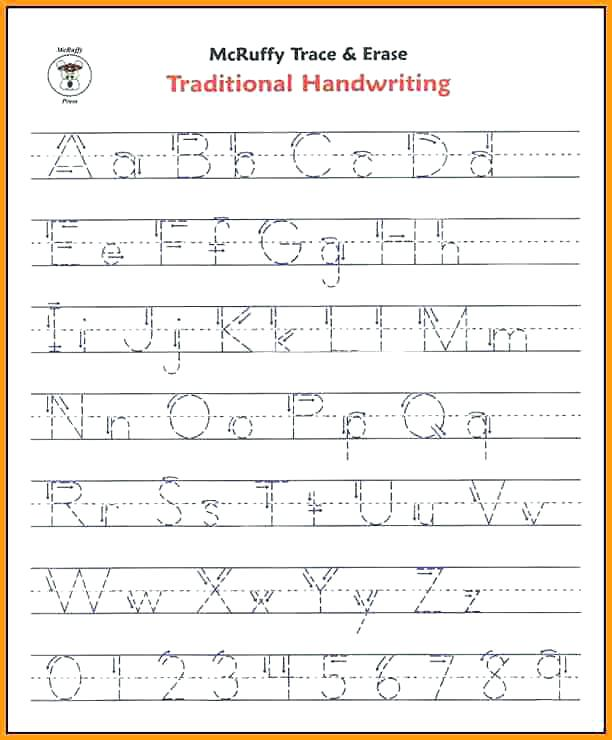
Some examples are writing the letter O starting at the bottom instead of top, or my son wanting to write the tail of the lowercase “g” in his name before circle on top.
You may also love: Teach your child to read at home in 100 easy lessons
How to teach a left handed child to write
My oldest is a clear lefty and my middle is a righty. There is not a huge difference when teaching them to write letters, so don’t be too intimidated!
- Make sure they have a proper pencil grip. I have them pinch the pencil with their thumb and index finger, resting the pen on their middle finer.
- Hold the pencil close to the tip for better control, but far enough away that they can still see what they are writing without having to bend their wrist all wonky.
- Tip the paper a tad, so the bottom right corner of the page is bit down. This is opposite of the way I tilt my page being right handed.
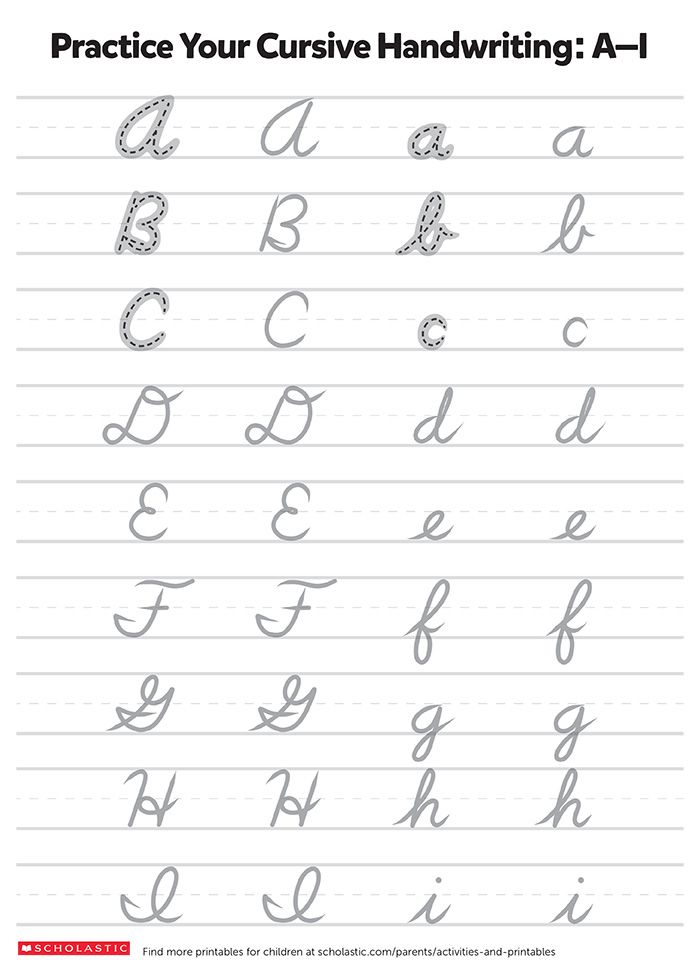
This is an excellent in depth post on Tips for teaching left handed kids to write if you want to read more.
You can teach your child to write at home
If you are beginning your homeschool journey and feel overwhelmed, know that you have what it takes to teach your child to write their letters! Homeschoolers have the freedom to go at their own pace, and it’s a great way to spend one on one time with your child.
If your child will be attending kindergarten, then there will be PLENTY of letter practice there. Or, consider doing kindergarten at home! Kindergarten teachers know that some kids can write many letters and others only some or none at all. They really try to meet kids where they are at!
Either way, helping your child to learn their letters at home will help them so much! What is one thing you worry about when it comes to teaching handwriting? Let me know in the comments!
Follow Blue and Hazel on Instagram!
Posts you may also love
- Practicing prepositions with a fun treasure hunt activity
- Best dinosaur gift ideas for toddlers and preschoolers
- Reduce screen time and get your kids to play again
- 17 Time saving tips for moms with toddlers
- 8 Things I’ve cut out to be less busy as a mom
- Teach your child to read in 100 Easy Lessons review
- 15 chores for 5 year olds that are actually helpful and teach responsibility
651 shares
5 Ways to Teach the Alphabet
Disclosure: This post contains affiliate links to Amazon.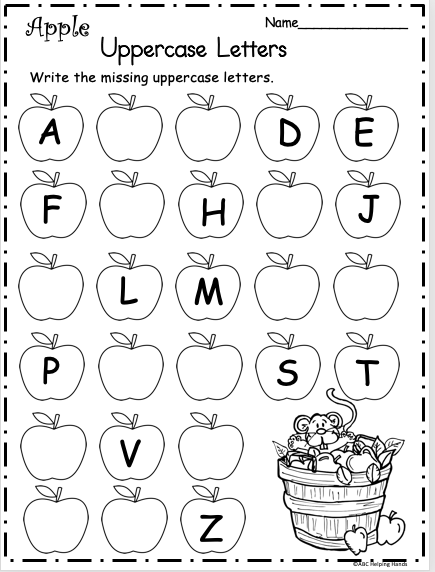 See my disclosure for details.
See my disclosure for details.
Teaching the alphabet is foundational for reading and writing. Around the age of 2, children begin showing interest in learning alphabet letters. While some kids learn letters very quickly, others need more repetition and time to learn letters. Today I’m going to share with you some of my favorite ways to teach the alphabet to little ones.
Here’s what a preschooler should know before kindergarten:
- Recite/sing the alphabet
- Identify uppercase letters
- Identify lowercase letters
- Match uppercase letters to lowercase letters
- Identify the sounds each letter makes
- Traces letters
- Write some alphabet letters
Here are my five favorite ways to teach the alphabet to children.
1. Read Alphabet Books
Read all sorts of alphabet books to your children, even starting as babies. The repetition will really help your child learn the alphabet at a young age.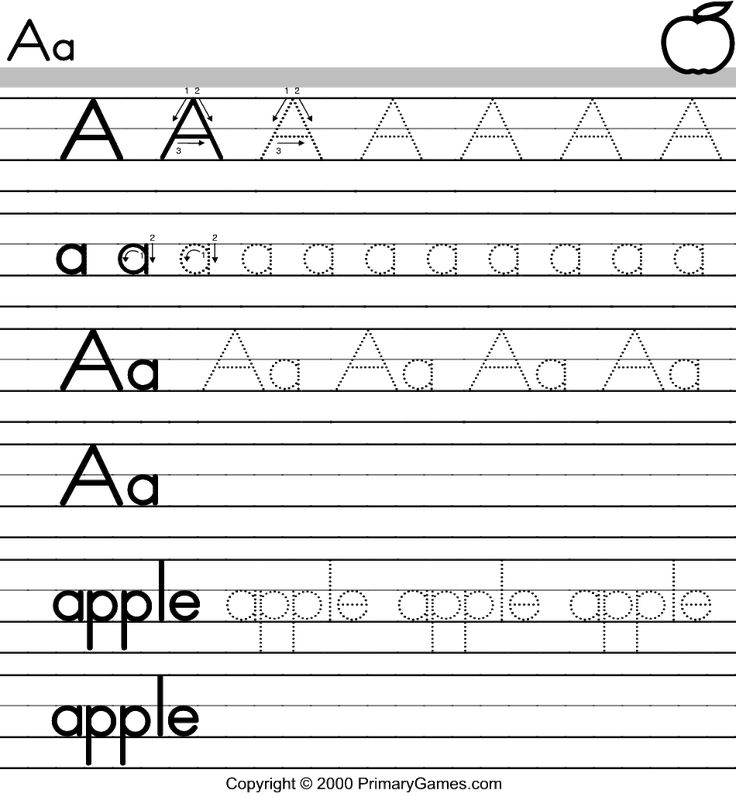 When my oldest was born, I was surprised at how many alphabet books we had been given as gifts. We loved reading all of them because they were different from each other. I found that around 18 months both my kids really started enjoyed reading alphabet books. Here are a few of our alphabet books:
When my oldest was born, I was surprised at how many alphabet books we had been given as gifts. We loved reading all of them because they were different from each other. I found that around 18 months both my kids really started enjoyed reading alphabet books. Here are a few of our alphabet books:
Here are some of our favorite alphabet books.
The Three Bears ABCChicka Chicka Boom Boom (Board Book)Eating the AlphabetThe Farm Alphabet BookG is for GoatHarold’s ABC (Purple Crayon Book)I Stink! (Kate and Jim Mcmullan)Bad KittyThe Letters Are Lost!AlphaOops!: The Day Z Went FirstZ Is for Moose (Booklist Editor’s Choice. Books for Youth (Awards))Q Is for Duck: An Alphabet Guessing GameABC T-RexWork: An Occupational ABC
2. Sandpaper Letters
Using sandpaper letters is a great way to introduce letters to children. My favorite ones are Didax Sandpaper Tracing Letters or School Supply Tactile Letters Kit. This is a perfect pre-writing activity because children use their finger to trace the sandpaper letters. I love that the cards tell the child where to start and which direction to go.
I love that the cards tell the child where to start and which direction to go.
Sandpaper letters are part of the Montessori approach to learning how to read. These letters provide a tactile and visual way to help children learn the alphabet. In the Montessori method, you teach letters to a child in the 3-period lesson.
1st period is introducing the letter (“this is” period). Show your child the letters. Have them trace the sandpaper letters. The best way to teach children alphabet letters is by telling them their phonetic sound. So each time they trace the letter, say the phonetic sound.
2nd period is association (“show me” stage). Ask your child to follow simple directions with the letters. For example, please pick up the /m/ and set it by the window. Continue to do this with each letter several times to reinforce this. If it is too difficult, return to the first period.
3rd period is recall (“what is this?” period).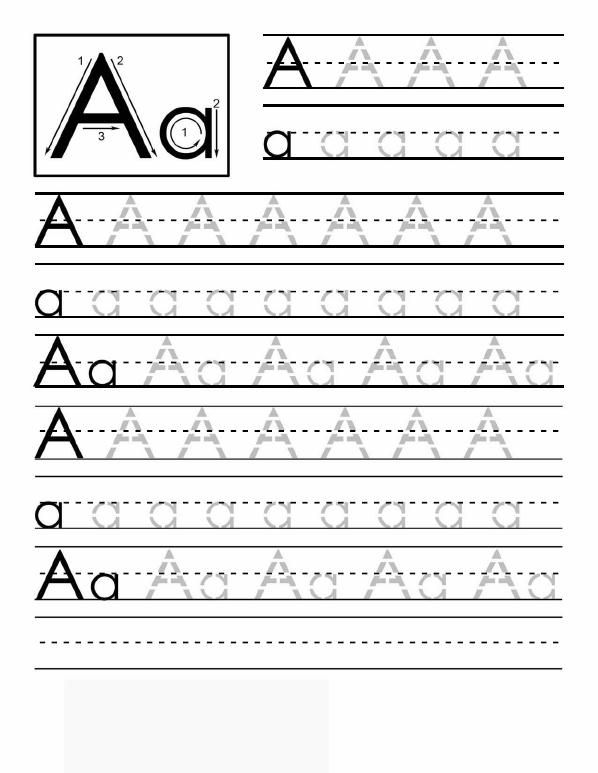 Only go to this period when they’ve mastered the other two periods. Put a letter in front of the child and say “Can you trace this and tell me what it is?” Continue with the other letters in the same way.
Only go to this period when they’ve mastered the other two periods. Put a letter in front of the child and say “Can you trace this and tell me what it is?” Continue with the other letters in the same way.
When you use these sandpaper letters, you are teaching them 3 things: the shape of letters, the feel of its shape and how its written, and how you pronounce its sound.
3. Alphabet Puzzles
I think teaching letters with alphabet puzzles are an amazing tool for teaching the alphabet. This is my favorite puzzle, from Melissa and Doug. It’s a beautiful wooden puzzle with neat pictures. This is a great way to practice vocabulary and verbal skills, too.
4. Sensory Activities
While some kids learn letters very quickly, others need more repetition and time to learn letters. I’ve always said that children learn best when they have many multisensory experiences with letters.
I love to incorporate sensory play into learning alphabet letters.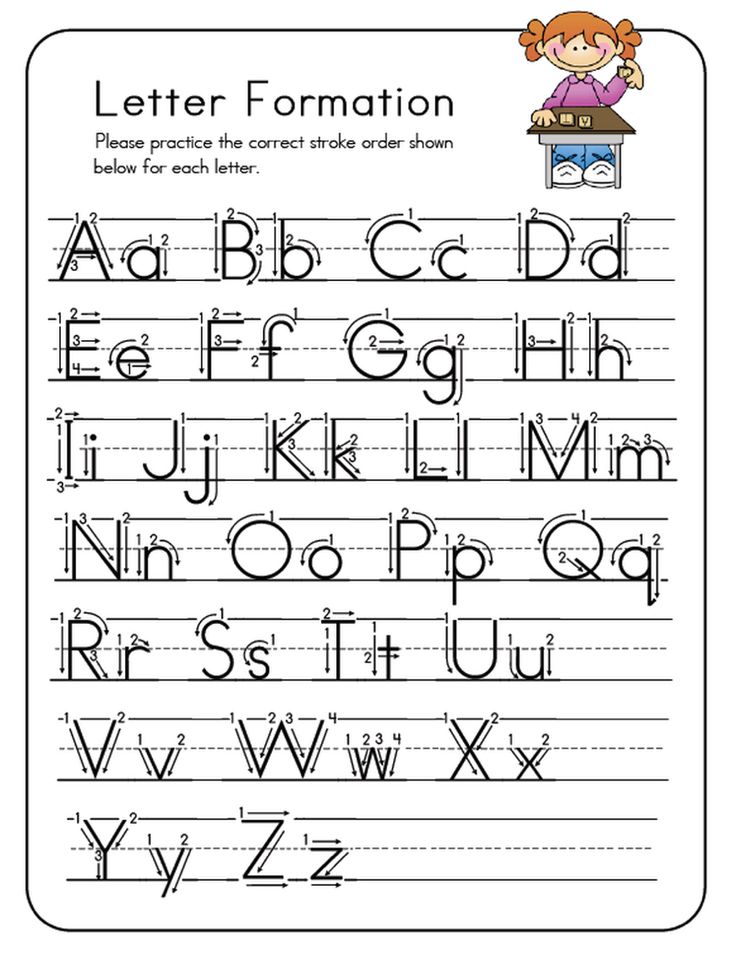 When children have meaningful activities with repeated exposure, they start to pick up on letter names. One way is this alphabet ice excavation activity.
When children have meaningful activities with repeated exposure, they start to pick up on letter names. One way is this alphabet ice excavation activity.
You could also make a colorful sensory bin!
Or practice writing letters in the sand, like this sensory writing tray.
5. Alphabet Printables
I have quite a few alphabet printables on my blog, but here is a set that is easy and fun for preschoolers. You will need Do a Dot Markers or dot stickers to fill in the circles.
I love pulling printables out for a quick and easy activity. I’m always advocating for hands-on learning, but sometimes it’s nice to do a few paper activities. Using Do a Dot markers or dot stickers is great for hand-eye coordination and fine motor skills.
If you’d like to download this printable, just click the button below.
How to teach a child to write in words
Home 9000
Is it possible to teach a child to write beautiful capital letters? Of course! The main thing is to arm yourself with patience and pay attention to simple exercises that will help the baby successfully master capital letters and, ultimately, become the owner of an even, beautiful handwriting.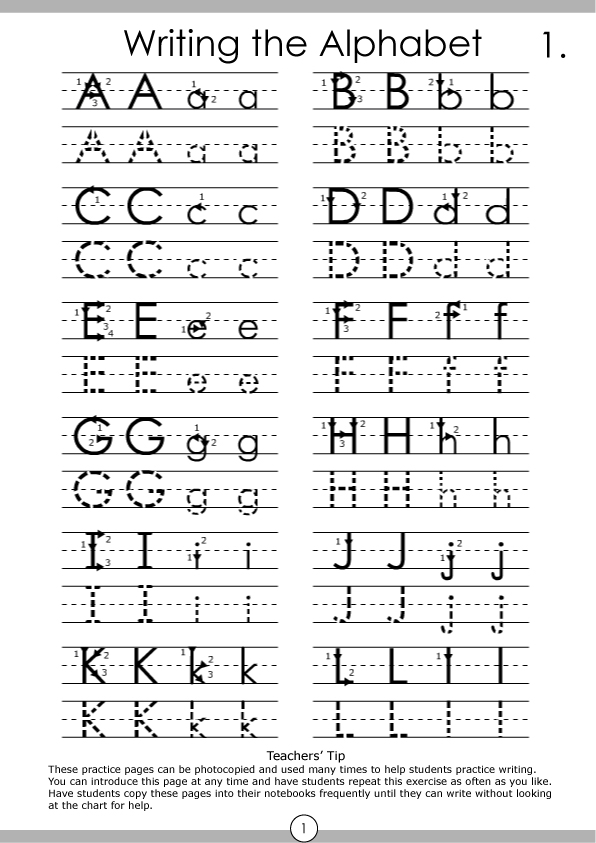
You have taught baby to keep posture while sitting at the desk, picked up the right writing supplies and practiced preparatory exercises, it's time for copybooks.
It is absolutely not necessary to wait for the start of school - the more confident the child will write by the beginning of school, the easier and more pleasant it will be for him to get high marks in writing lessons.
How to learn to write in cursive?
Step one. Start by showing your child how to write the basic elements that make up all letters. Among them there are vertical sticks, and sticks rounded at the top or bottom, and other "squiggles". Discuss with the baby the appearance of each element, pay attention to the position of the stick relative to the line - after all, all elements of the letters should not go beyond the lines. Start writing these elements - first at pre-set points, then on your own. Second step .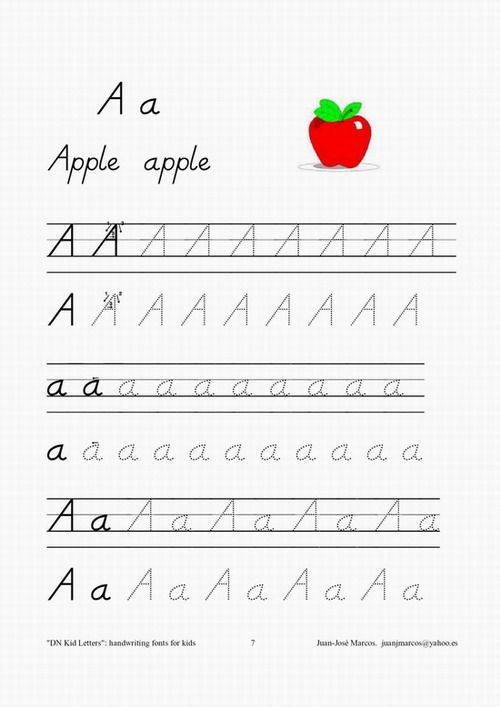 Choose any printed letter, draw the child's attention to it. Do an exercise with this letter - for example, ask your child to find this letter in the text, or cut it out of paper.
Choose any printed letter, draw the child's attention to it. Do an exercise with this letter - for example, ask your child to find this letter in the text, or cut it out of paper.
Third step . Continuing the game with the letter from the task above, show your baby how it magically turns into a capital! This metamorphosis is of great importance, because often children do not see the connection between "concise" printed letters and intricate cursive cursives. In order to consolidate the comparative stage, proceed to writing this letter. For now, do it yourself - slowly, slowly, commenting on each movement: "I put a dot over the line and move my hand up," etc.
Fourth step . Be sure to use motor memory in your writing lessons! Using the same letter, write it in the air . Ask the child to carefully follow your movements - he must guess which letter you are depicting. Letter guessed? Ask your child to repeat your "air pas" writing letters.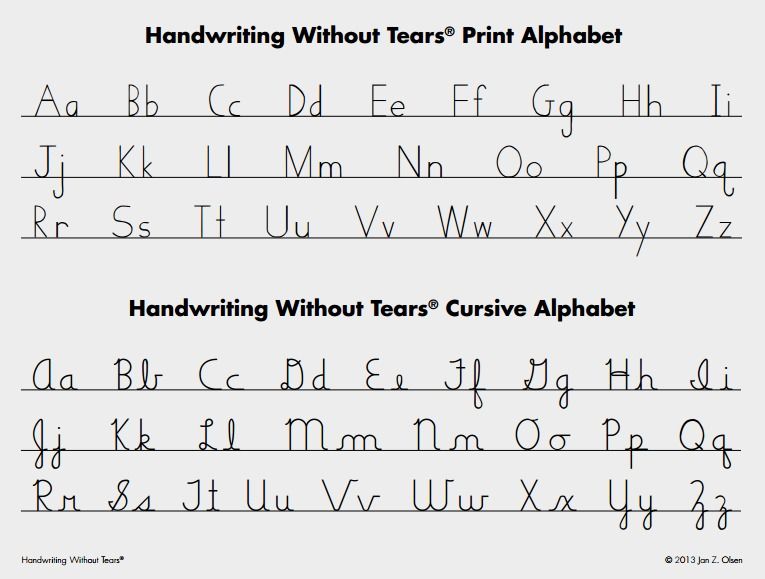 Help him for the first time - take his hand in yours and move it in the air, drawing the desired letter and commenting on the movements. Then ask your child to do the exercise on their own. Repeat the task several times.
Help him for the first time - take his hand in yours and move it in the air, drawing the desired letter and commenting on the movements. Then ask your child to do the exercise on their own. Repeat the task several times.
Step five . And now, finally, the most crucial moment has come! Ask your child to write this letter in cursive. To begin with, point by point, then independently. Help the kid with your comments in difficult places, and then, after several attempts, ask him to comment on each of his actions.
Syllables and words . When each letter of the alphabet is familiar and learned with the help of such games, it will be possible to move on to writing syllables and even whole words. Be sure to accompany these reading classes and games to develop attention - this is how you will achieve real success!
Products from Rastishka
Other articles in the category Useful articles
The Origami Miracle: “Assembling” a Christmas Tree with a Baby
So attentive: concentration games
A tale for the observant: who are the trackers?
Invite your child on a fabulous journey: let's go to the Arctic!
{{name}}
This site uses cookies to collect information about you.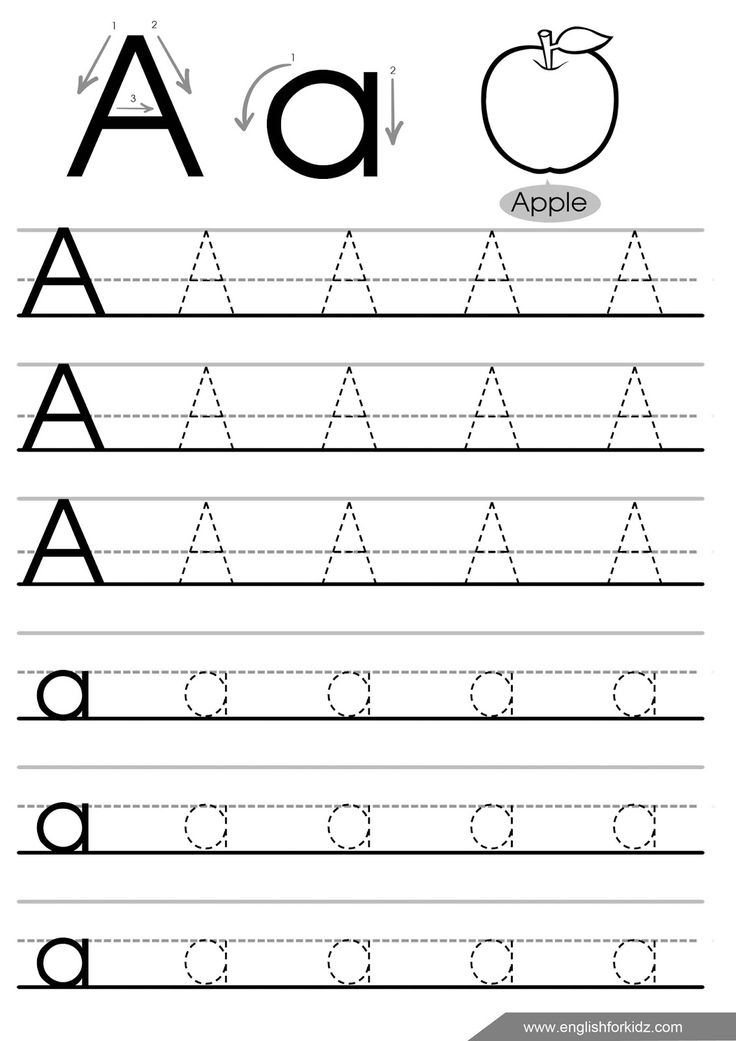 This is necessary to improve the site. By continuing to use the site, you agree to the use of cookies and their provision to third-party partners. You need to accept this or leave the site.
This is necessary to improve the site. By continuing to use the site, you agree to the use of cookies and their provision to third-party partners. You need to accept this or leave the site.
How to learn to write in a foreign language and learn the alphabet on your own: useful tips
Learning a new alphabet, syllabary or other writing system can be an extremely difficult task. The difficulty of this task depends on the complexity of the writing system you are trying to master.
If we talk about English, then learning to write will not be difficult for people, than the language has a similar writing style, that is, it uses Latin letters.
But learning to write in a language completely different from your own, such as Chinese, Japanese, Hindi, Arabic or Hebrew, is a completely different matter that requires care, time and patience.
Below are some helpful tips on how to learn to write in a foreign language and learn the alphabet on your own.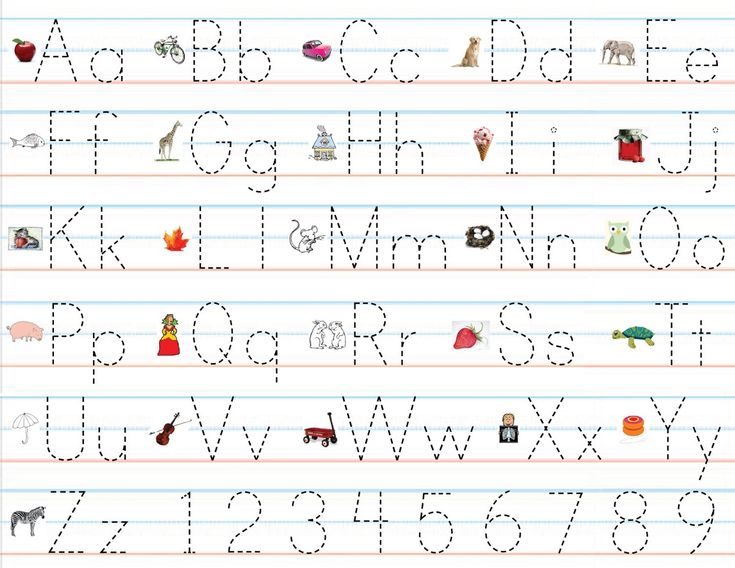
Do not learn the whole alphabet at once
Divide the study of the alphabet into parts. Try to learn a few letters per lesson. Do not memorize the entire unfamiliar alphabet in one breath.
Pay special attention to similar-looking letters that look like letters you already know but sound different, such as the letter “r” in Russian and English.
Related article:
An unusual way to effectively memorize words in English
Find an association between an unknown letter and a well-known object
Try to associate the shape of a letter with a familiar object: some new letters may look like letters or numbers in your native alphabet , others may remind you of the appearance of animals, objects, or people.
Books that teach children to read use this method, so it will be very helpful if you apply it to your goal of learning a new language.
Article in the topic:
Teaching a child English
"The master's skill sets"
Practice your writing skills as often as possible.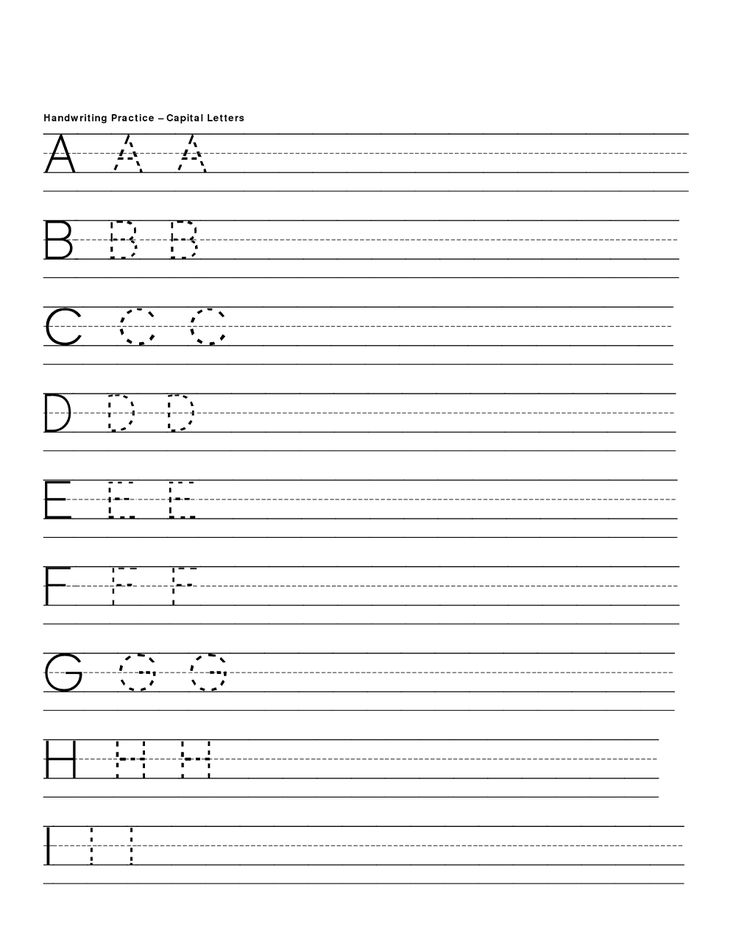 Learn the standard way of writing letters: that is, memorize the shape, direction and order of strokes in writing a particular letter. This will help you memorize the new alphabet faster and learn how to write letters correctly. Write letters as much as possible.
Learn the standard way of writing letters: that is, memorize the shape, direction and order of strokes in writing a particular letter. This will help you memorize the new alphabet faster and learn how to write letters correctly. Write letters as much as possible.
If you have the opportunity, take a calligraphy course. This is especially useful if you are learning Chinese or Japanese. The calligraphy course will allow you to improve your handwriting and understand other people's handwriting.
Related Article:
8 Precious Tips to Improve Your Writing Skills in English
Transliterate or Write Foreign Words in Your Native Alphabet
Practice writing the letters of a new alphabet or words by transliterating them in your native alphabet. Then vice versa: try to transliterate them back into the letters of the new alphabet.
You can also practice your writing skills by journaling or chatting with friends who speak the language.
You can find pen pals interested in learning languages and helping others learn their native language at mylanguageexchange. com .
com .
Article in the topic:
9 English words that came from other languages
Reading
Try to read simple texts written in the language you are learning as often as possible. Even if you don't know all the letters or symbols, you can pick out some of the words and guess the rest.
Look for names of famous people or places, as well as loanwords from your native language, which are relatively easy to decipher.
At first you will probably find that you have to say each letter individually before you know or pronounce the whole word. Over time, you will be able to recognize words by their shape, and you will need to pronounce each letter only in completely unfamiliar words.
You probably went through this whole process when you learned to read in your native language.
Label things around you (at home or in the office) with words from the new language, translated into your native language. This will allow you to quickly remember the letters of the new alphabet, as well as whole words.